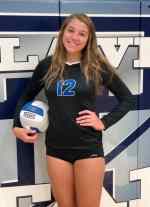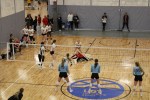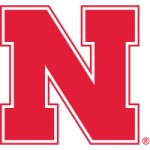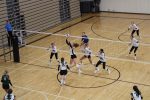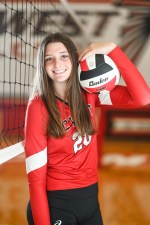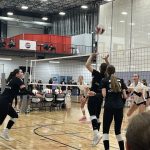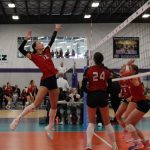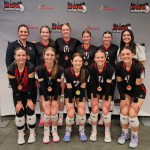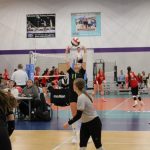Coach’s Clipboard: What “IT” Looks Like in a Volleyball Player
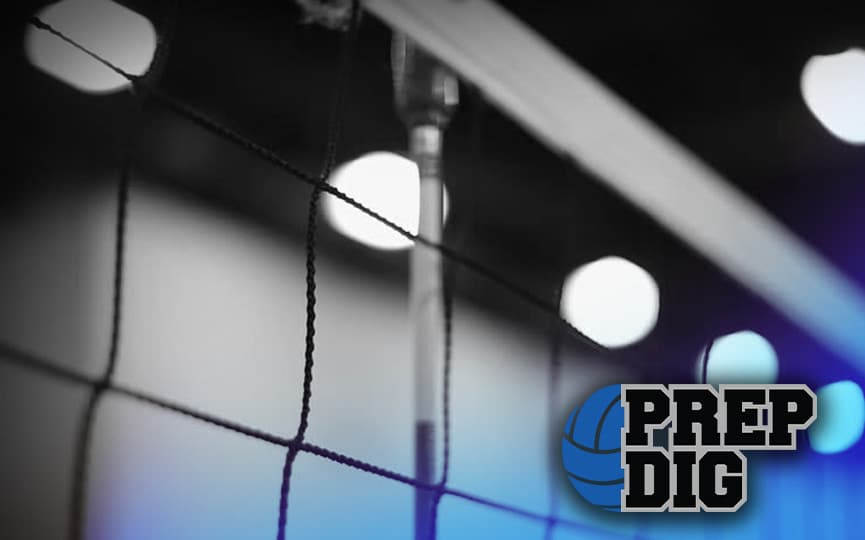

*Editor’s note: Brent Lewis began writing for Nebraska Prep Volleyball last year as an assistant coach at Iowa Western. Recently, Lewis was named the head coach at Ranger College in Texas. Because of the quality and popularity of his articles, however, he will continue to write for us as long as he is willing and able!
When it comes to recruiting, there’s one trait an athlete can have that will always win my heart: a kid that has “it” (to be referred to throughout the remainder of this article as IT). What is IT? What does IT look like? How do you identify IT? These are common questions that arise when thinking about IT. It’s hard to label what IT is because IT has no measurements, no charts, or value. Something that is not tangible is very difficult to explain on paper, but I will try. In a very brief definition, IT is all the great things an athlete does that are not measurable.
So what does IT look like? That’s the thing about IT- it’s not something specific, and that is why it is so hard to identify. As I’m writing it feels like I’m pitching an Abbott and Costello routine, so I’ll try to get a little more precise (props to any teen that gets that reference). IT refers more to a player’s approach to volleyball than anything else. The player who has IT wants to spend every minute she can working to get better. The player who has IT never lets a ball fall to the floor uncontested. The player who has IT doesn’t care how tall she is, how hard she hits, or how much more skilled her teammates may be. However, the player who has IT could very well be the tallest, hit the hardest, and possess the greatest all-around skills. Any player can have IT, yet so few do.
In my four years coaching between college and club, I would say I can count on one hand the amount of players I’ve coached that truly have IT. I’m not going to mention any of my current or former players by name, but I would like to talk about one young lady I watched several times this season that certainly has IT. That is Halie Darrow- the ferocious, almost-5’7 outside hitter for Glenwood (IA) High School. Watching her play I was never disappointed. I’ve seen her run into a brick wall. I’ve seen her get blasted in the chest from a quick attack and keep on going like it was nothing. I’ve seen her go up against a six-foot blocker late in the fifth set of a match and find a way to get a huge kill. Her coach told me she works just as hard in practice as I’ve witnessed on the court. That’s what IT is all about. Halie was often the smallest person in the game, yet had the biggest heart of anybody. A team full of kids like her would be a coach’s dream.
Of course, as unique a trait as IT is, it’s nearly impossible to field a team full of players that have IT, mainly because you won’t find enough players in the right positions. So how do you construct a team capitalizing on IT? Balance. Ideally you want your best players and team leaders to be your IT players. As any coach knows, it doesn’t always work out that way. Let’s say we’re constructing a team from scratch. I always, always, always want my libero to have IT. She is the heart and soul of the defense and always on the court. Next, I would choose a six-rotation outside hitter. She scores points, she plays defense, is in the serve-receive lineup, and traditionally affects the game in more ways than any other player. If I can start with those two players having IT, I think my team will be in good shape.
That example is for an ideal scenario. It doesn’t take long as a coach to realize things are rarely ideal so you have to learn to adapt. I take any player who has IT any chance I get. It really doesn’t take very long when recruiting to identify the IT players. A quick conversation with her coach and you can hammer it down pretty early in the process whether or not she has IT. Of course the dream would be to bring in a bunch of 6’2 super-athletic six rotation players every year. Then when reality sets in, it circles back to what I previously mentioned: balance. Finding the proper mix of players is just as important, or in some cases more important, than finding the best players you can. Your IT quality players have a greater understanding of their role and how they benefit the team the most. They understand when they are not the star and give way to those that are in certain situations.
On a slightly different yet still relevant topic, I heard former Dallas Cowboys coach Jimmie Johnson tell a story about when he cut a backup player for falling asleep during a film session. When asked what he would have done if that was Troy Aikman who fell asleep, he said (paraphrasing) ‘I would have woken him up and told him to pay attention because this is important.’ Laughter ensued, but what he said is true. The little things you can get away with does indeed change based on your abilities. However, for the IT players this is never an issue. They are always there, always learning, always finding little ways to get better. In the professional sports world, that’s how the lesser skilled athletes stick around for a long time. They have IT.
No coach wants to fight the struggle of players that just don’t seem to care very much (it can be very, very stressful), which is why creating the proper mix of team personalities is so important. This has never been displayed more prominently than last October when the Women’s National Team won its first gold medal in history at the FIVB World Championship in Milan, Italy. A few months later at the annual coaches convention new USA coach Karch Kiraly was asked about the absence of some very notable players. He responded, “The sum of the whole is more important than the individual parts.” This came from the leader of USA Volleyball, which possesses a surfeit of the best talent in the world. It’s literally a grouping of the biggest, fastest, most skilled players in our country (and the world, for that matter). And even in that mix, there were some players that were not the right fit. They may not all have IT. To have reached that level most of them will, but just because a player is very highly skilled that doesn’t mean she has IT. Team USA is a perfect example of how to balance skill vs character vs IT.
—-
Brent Lewis was hired as Ranger’s head volleyball coach on Wednesday, March 4, 2015. He comes to Ranger after spending the last two seasons as an assistant coach at Iowa Western Community College. In his first season at Iowa Western, the team finished with a 44-5 record and earned a seventh-place finish at the NJCAA Division I National Tournament after being ranked as high as #2 during the regular season. In his second season the Reivers completed a 45-2 record and held the #1 ranking for most of the season which culminated with a fifth-place finish at the National Tournament.
Prior to Iowa Western he spent two seasons as an assistant coach at Hardin-Simmons University in Abilene, Texas. He helped the Cowgirls to a 58-10 overall record, 38-3 record in the American Southwest Conference, two conference titles, and two NCAA regional tournament appearances. He helped orchestrate an offense that led the conference in kills and assists both years he was on staff. Following the 2012 season HSU was named American Southwest Conference Coaching Staff of the Year. As an assistant coach at the collegiate level he has amassed a record of 147-17. This includes two school-record winning streaks, first with a 2012 HSU squad that won 25 consecutive matches, then again in 2013 at Iowa Western with 33 straight victories.
A majority of his work lies in the statistical and analytical realm. Known as someone who enjoys working with numbers, he has written two papers on volleyball statistics. His 37 page Master’s thesis was entitled, “Discovering Success in Volleyball: An Integral Match Analysis of the Relationship between Statistics and Team Rankings” which compared general statistics to team records in order to determine the most significant numbers for predicting the outcome of a win/loss record. His most recent work was completed in December 2013, in which he proposed alternative ways to measure the attacking efficiency of a hitter.
A native of Marshall, Texas, he received a Master’s degree in Kinesiology from Hardin-Simmons University, where he also worked as an adjunct instructor in the Fitness and Sports Sciences Department. He received his Bachelor’s degree in Mass Communication from East Texas Baptist University, where he played as a right side hitter on ETBU’s club volleyball team. While at Iowa Western he served as head coach for Top Ten Volleyball Club and also worked on staff with Iowa High Performance Volleyball. He is also a regular contributor to Nebraskaprepvolleyball.com.
In addition to coaching at Ranger, he also serves as an instructor in the Physical Education department.
